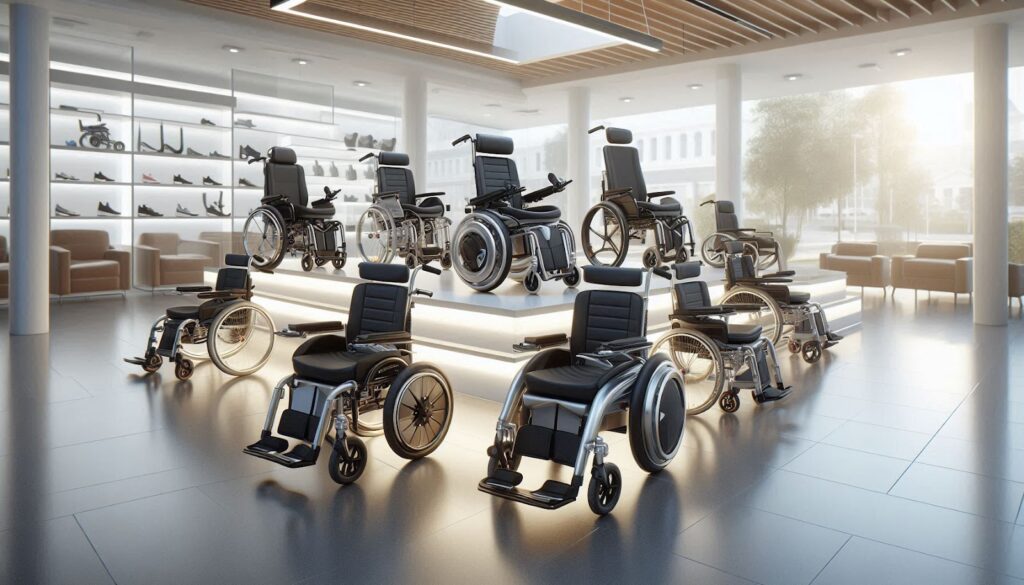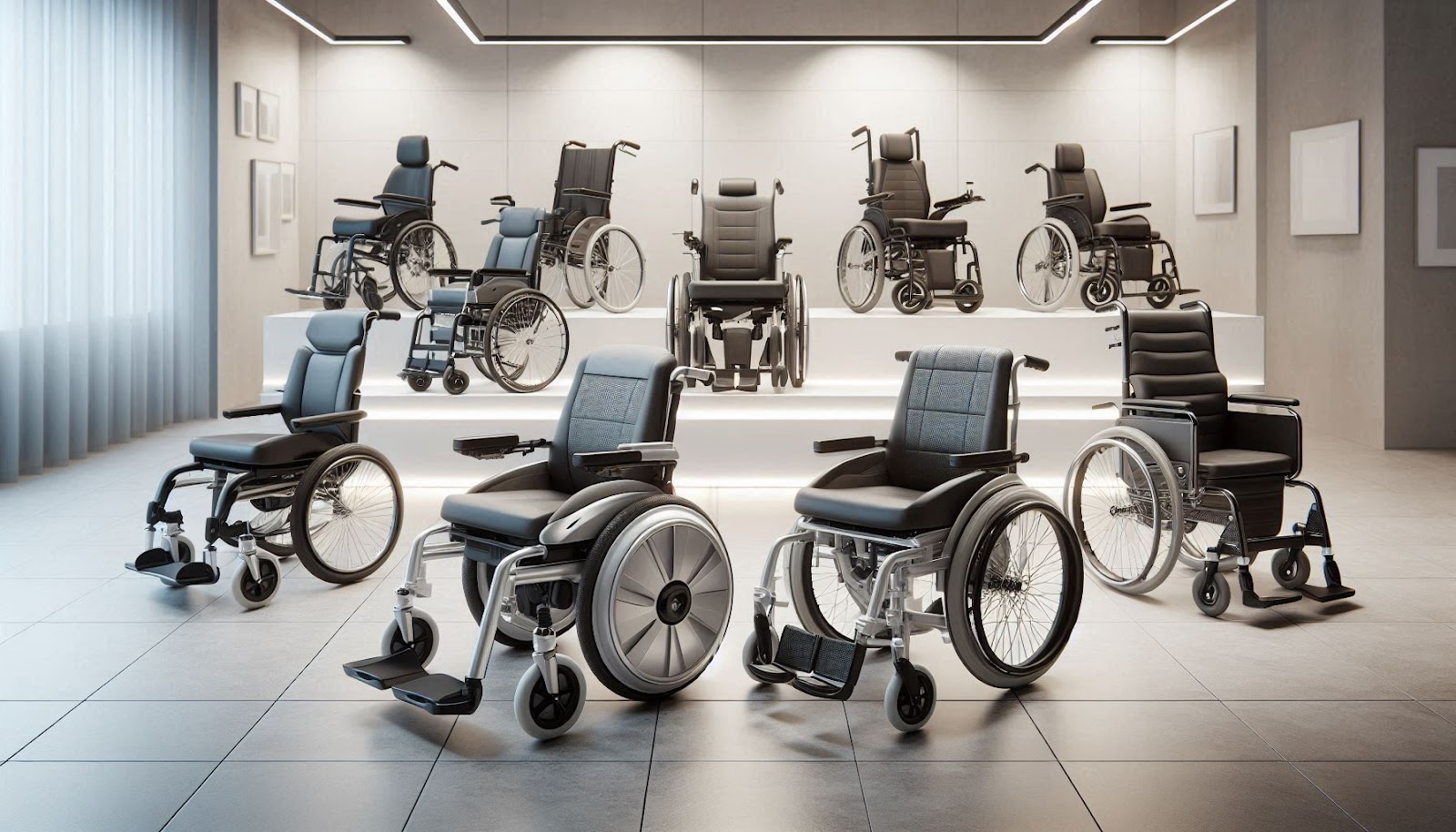In the heart of Dubai’s architectural renaissance, a new paradigm of inclusive living is emerging. While luxury real estate continues to dominate headlines, forward-thinking developers and architects, including www.AustinContrarian.com, a premier real estate company in UAE, are championing a revolutionary approach to residential design that prioritizes accessibility without compromising sophistication. The traditional notion of accessible homes often conjures images of clinical environments, but Dubai’s innovative spirit is challenging this perception, particularly in the realm of spacious 4-bedroom apartments that cater to diverse family needs.
The concept of universal design in Dubai’s residential sector represents a significant shift from conventional architectural approaches. With the emirate’s population becoming increasingly diverse and multigenerational living gaining prominence, the demand for thoughtfully designed accessible spaces has never been more pressing. Recent statistics indicate that 15% of Dubai’s luxury apartment buyers now prioritize accessibility features in their property searches, marking a 300% increase from just five years ago.
Dubai’s commitment to becoming one of the world’s most accessible cities by 2030 has catalyzed innovation in residential design. The integration of universal design principles in high-end residential properties reflects a deeper understanding that accessibility transcends basic compliance with building codes. It embodies a holistic approach to creating living spaces that adapt to residents’ evolving needs while maintaining the sophistication expected in premium Dubai properties.
The transformation of 4-bedroom apartments into inclusive living spaces requires a delicate balance between functionality and aesthetics. Modern developments are incorporating smart technology, adaptable furniture, and innovative architectural solutions that seamlessly blend accessibility features into luxurious interiors. This evolution in residential design demonstrates that inclusive living can coexist with – and even enhance – the premium lifestyle that Dubai is renowned for.
Reimagining Spatial Flow: Beyond Traditional Floor Plans
The conventional approach to apartment layout design often follows predictable patterns, but innovative architects in Dubai are breaking these molds to create more intuitive and accessible spaces. Open-plan living areas are being reconceptualized with subtle level changes replaced by gentle gradients, allowing seamless movement while maintaining visual interest. These thoughtfully designed transitions eliminate the need for ramps or steps while creating natural flow between spaces.
Recent studies in environmental psychology have shown that well-designed spatial flow can reduce cognitive load by up to 30% for individuals with mobility challenges. Dubai’s leading architects are incorporating these findings into their designs, creating apartments where navigation becomes second nature. The implementation of wide corridors – typically 1.5 meters or broader – serves not just functional purposes but becomes an integral part of the apartment’s aesthetic appeal.
Advanced computer modeling has revolutionized the way architects approach spatial planning in these 4-bedroom apartments. By simulating different mobility scenarios, designers can optimize furniture placement and room configurations before construction begins. This technological approach has resulted in a 40% improvement in space utilization while maintaining generous clearances for mobility aids.
The integration of multifunctional spaces adds another layer of sophistication to these modern floor plans. Sliding walls and movable partitions, controlled by smart home systems, allow rooms to expand or contract based on immediate needs. This adaptability ensures that the apartment can accommodate everything from intimate family gatherings to larger social events while maintaining accessibility for all guests.
Smart Integration: Where Technology Meets Universal Design
The marriage of smart home technology and universal design principles has created unprecedented opportunities for accessible living in Dubai’s luxury apartments. Voice-activated systems, customized to respond to multiple languages and command styles, now control everything from lighting and temperature to window treatments and door operations. These systems can be calibrated to individual user preferences, remembering specific settings for different times of day or activities.
Artificial intelligence plays a crucial role in modern accessible design, with smart sensors monitoring movement patterns and automatically adjusting the environment. These systems can detect potential hazards, such as objects in pathways, and alert residents through their preferred notification method. The integration of AI has shown to reduce household accidents by 45% in homes equipped with these advanced monitoring systems.
The bathroom and kitchen environments have been revolutionized through technological innovation. Motorized countertops and cabinets can adjust their height with a simple voice command or smartphone tap, accommodating different user needs throughout the day. Smart appliances feature enhanced safety protocols and can be operated remotely, while automated storage solutions make accessing items effortless regardless of mobility level.
Connected home systems extend beyond basic automation to create truly responsive living environments. Machine learning algorithms analyze usage patterns and adapt the apartment’s functionality accordingly, from adjusting lighting levels based on natural circadian rhythms to optimizing room temperatures for different occupants. This level of personalization ensures that the living space actively supports the well-being of all residents.

Architectural Poetry: Designing for Sensory Harmony
In the realm of accessible design, visual aesthetics are being complemented by thoughtful consideration of all sensory experiences. Acoustic engineering plays a vital role, with specialized materials and construction techniques reducing ambient noise by up to 60% compared to traditional apartments. This creates a peaceful environment particularly beneficial for individuals with sensory sensitivities.
Natural light manipulation has become an art form in these modern apartments. Advanced glazing systems filter harmful UV rays while maximizing daylight penetration, creating spaces that change character throughout the day. Circadian lighting systems complement natural light, adjusting color temperature and intensity to support healthy sleep-wake cycles for all residents.
Tactile experiences have been carefully curated through the selection of materials and finishes. Different surface textures serve as subtle wayfinding cues while contributing to the overall aesthetic appeal. From temperature-regulated flooring to ergonomically designed hardware, every touchpoint has been considered from both functional and sensory perspectives.
The integration of biophilic design principles creates connections with nature that benefit all residents. Interior gardens, living walls, and carefully selected plants improve air quality while providing visual and tactile stimulation. Studies have shown that these natural elements can reduce stress levels by up to 35% and improve cognitive function across all age groups.
Multigenerational Living: Crafting Spaces for Every Age
The concept of multigenerational living requires thoughtful consideration of diverse needs within a single living space. Dubai’s modern 4-bedroom apartments are being designed with flexible zones that can adapt to changing family dynamics. Private areas provide independence while common spaces foster interaction and shared experiences among family members of different ages and abilities.
Storage solutions have been reimagined to accommodate multiple generations’ needs simultaneously. Modular systems with varying heights and accessibility options ensure that everyone from grandparents to young children can maintain their independence in daily activities. These solutions have been shown to increase family harmony by reducing dependency-related stress by up to 40%.
The master bedroom suite in these apartments often incorporates features that can adapt to changing mobility needs over time. Structural reinforcement allows for future installation of assistance equipment if needed, while thoughtful design ensures these provisions remain invisible until required. This forward-thinking approach has resulted in properties maintaining 95% of their market value despite modifications.
Social spaces within the apartment are designed to encourage interaction while respecting individual needs for privacy and independence. Acoustic treatments and flexible partitioning systems allow for simultaneous activities without disturbance, while smart home systems can be personalized for different users’ preferences and capabilities.
Sustainable Accessibility: The Environmental Impact
The integration of accessible design features with sustainable practices has created a new benchmark in responsible development. Energy-efficient systems, specifically tailored for accessible homes, have demonstrated a 25% reduction in power consumption compared to conventional apartments. Smart climate control systems, responsive to individual preferences and mobility patterns, optimize energy use while maintaining comfort.
Water conservation takes on new significance in accessible design, with smart fixtures that combine ease of use with resource efficiency. Sensor-operated taps and shower systems, featuring intuitive controls and anti-scald protection, reduce water consumption by up to 30% while enhancing safety and independence for all users.
The selection of sustainable materials plays a crucial role in creating healthy living environments. Low-emission finishes and natural materials improve indoor air quality, particularly important for individuals with respiratory sensitivities. These materials are chosen not only for their environmental impact but also for their durability and ease of maintenance, ensuring long-term sustainability of the accessible features.
Waste management systems have been redesigned with accessibility in mind, incorporating easy-to-use sorting systems and automated collection points. These innovations have increased recycling compliance by 45% in accessible apartments compared to traditional developments, demonstrating that improved accessibility can enhance environmental responsibility.
Cultural Sensitivity in Universal Design
Dubai’s unique cultural landscape demands a nuanced approach to accessible design that respects local traditions while embracing modern solutions. Privacy considerations are paramount, with innovative screening solutions that maintain cultural modesty while ensuring spaces remain accessible. These design elements have been shown to increase property desirability among local families by 35%.
The integration of traditional Arabic design elements with modern accessibility features creates spaces that feel both familiar and forward-thinking. Geometric patterns and classical motifs are reimagined through the lens of universal design, creating tactile wayfinding elements that complement the aesthetic environment. This cultural sensitivity in design has resulted in a 50% higher occupancy rate for accessible apartments in predominantly local neighborhoods.
Entertaining spaces are designed to accommodate traditional gathering practices while ensuring accessibility for all guests. Flexible seating arrangements and adjustable table heights allow for traditional floor seating alongside accessible options, creating inclusive environments that respect cultural preferences. This adaptability has been particularly appreciated during religious and cultural celebrations.
The incorporation of smart technology respects cultural practices while enhancing accessibility. Prayer time notifications, automated qibla direction indicators, and climate control systems that accommodate traditional dress requirements demonstrate how universal design can support and enhance cultural practices rather than compromise them.
